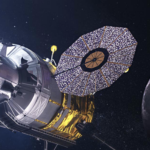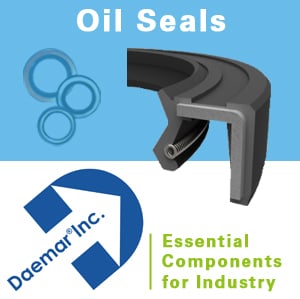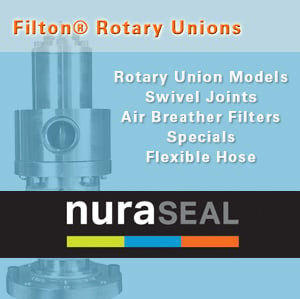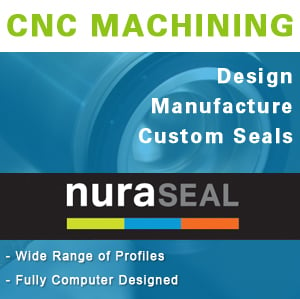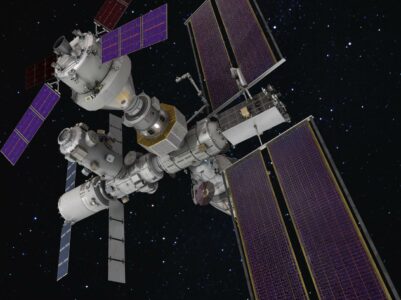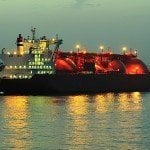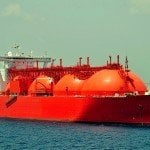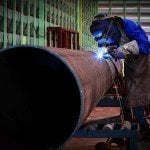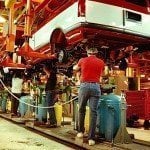Effective risk identification and assessment methodologies in oil and gas operations are critical for minimizing environmental impacts and ensuring safety. Probabilistic risk analysis has emerged as a fundamental approach, allowing operators to estimate the likelihood and consequences of various hazards systematically. This methodology is particularly vital in sectors like oil and gas due to their inherent vulnerabilities and complexities.
Adopting a comprehensive framework that integrates both ecological risks and socioeconomic factors can significantly enhance risk assessments (Miguel A. De Luque-Villa et al., 2024).
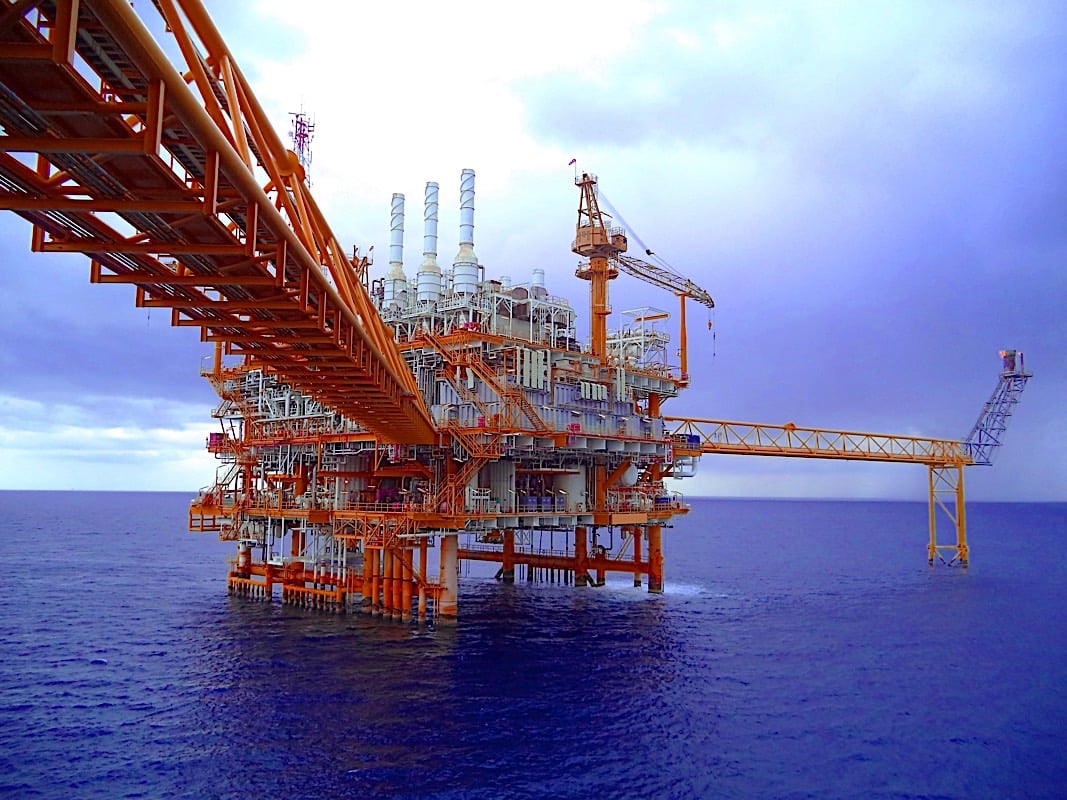
The incorporation of adaptable models—such as Moncho’s Equation, which combines ecological risk with aggravating coefficients—further refines the understanding of potential hazards by acknowledging external influences, including regional conflicts or regulatory environments.
Risk Probability Distributions
The use of transformation functions to represent risk probability distributions also adds a layer of sophistication, enabling more accurate predictions of risk outcomes. Engaging with local communities and stakeholders during the risk assessment process promotes transparency and encourages collaborative efforts to address identified risks.
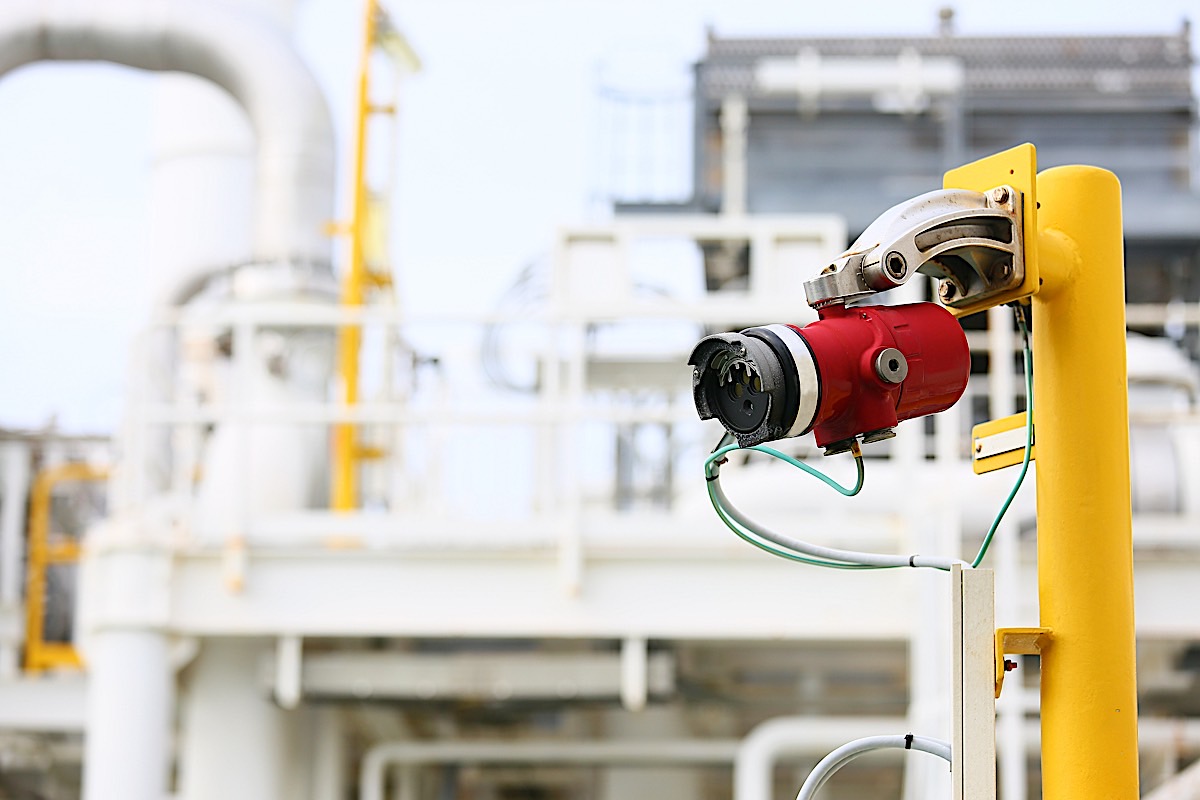
This multidisciplinary approach not only provides a comprehensive understanding of the environmental implications but also fosters sustainable management practices that align with community values and environmental preservation goals (Miguel A. De Luque-Villa et al., 2024). Ultimately, integrating diverse methodologies ensures that the unique challenges of oil and gas operations are met with robust and effective risk management strategies.
Quantitative Risk Analysis
Quantitative methods are crucial in enhancing the accuracy of risk assessments in the oil and gas sector, as they provide a structured framework for analyzing complex data related to various risks. Using statistical techniques, such as probabilistic risk analysis methodologies, companies can better evaluate the likelihood of different risk scenarios and their potential impacts on operations (Miguel A. De Luque-Villa et al., 2024). These methods allow for the integration of diverse data sources, including environmental, regulatory, and socioeconomic factors, which are essential for a comprehensive understanding of the risks involved.
Quantitative approaches facilitate the development of risk indices that can standardize and simplify the assessment process, making it easier to communicate risks to stakeholders (Miguel A. De Luque-Villa et al., 2024). This clarity fosters greater transparency and enhances stakeholder engagement, which is vital in addressing concerns related to non-technical risks such as social and geopolitical challenges (Stella Emeka-Okoli et al., 2024).
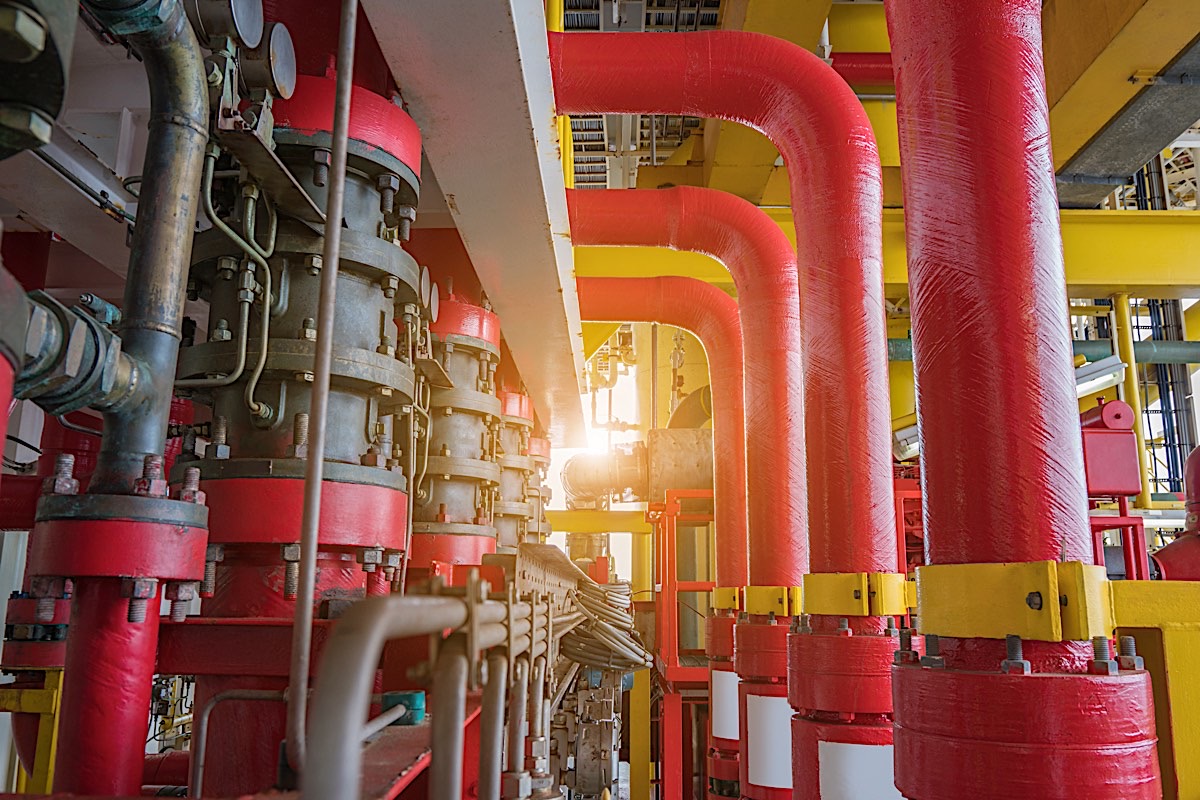
The use of transformation functions in quantitative analysis helps in accurately representing risk probability distributions, allowing firms to make more informed decisions regarding risk mitigation strategies. Overall, the application of quantitative methods not only improves the precision of risk assessments but also promotes more effective and sustainable management practices within the oil and gas industry, aligning operational objectives with broader environmental and social goals.
Qualitative Risk Analysis
Qualitative analysis plays a crucial role in understanding risks within oil and gas operations, complementing quantitative methods by providing insights that numbers alone cannot convey. While quantitative approaches focus on measurable aspects of risk, qualitative analysis emphasizes the subjective factors that influence decision-making and project outcomes.
Qualitative assessments can involve expert judgment and stakeholder engagement, allowing for a deeper understanding of socio-political, environmental, and cultural contexts that may impact a project’s success (Ijsrem Journal, 2024). These qualitative insights help identify regulatory, social, and geopolitical risks, which are often intertwined and can escalate into significant challenges if overlooked (Stella Emeka-Okoli et al., 2024).
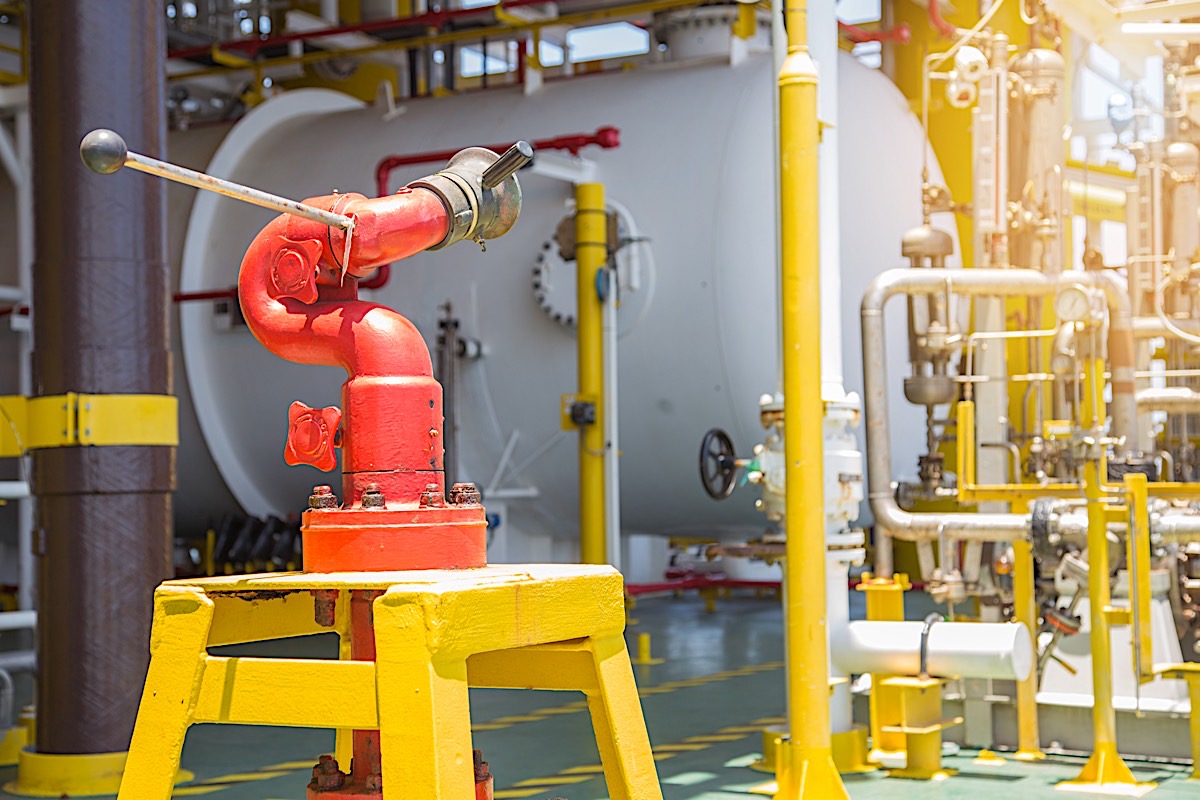
Focusing on the interconnected nature of these risks, qualitative analysis encourages a comprehensive approach to risk management, facilitating the development of strategies that consider the interplay between different risk factors. This integrative perspective is essential for fostering robust risk management practices, ensuring that organizations proactively address potential issues before they escalate.
Combining qualitative and quantitative analyses not only enhances risk assessment accuracy but also empowers industry practitioners to make informed decisions that align with both operational goals and broader societal expectations.
Hazard Identification Methods
Effective hazard identification is crucial for the successful management of risks in oil and gas projects. A combination of qualitative and quantitative methods enables practitioners to thoroughly analyze various risk factors, ensuring that they address potential hazards before they escalate into significant challenges.
Qualitative insights which might include regulatory, social, and geopolitical contexts, are essential in identifying risks that may not be evident through regular assessments (Chinwe Ozowe et al., 2024).
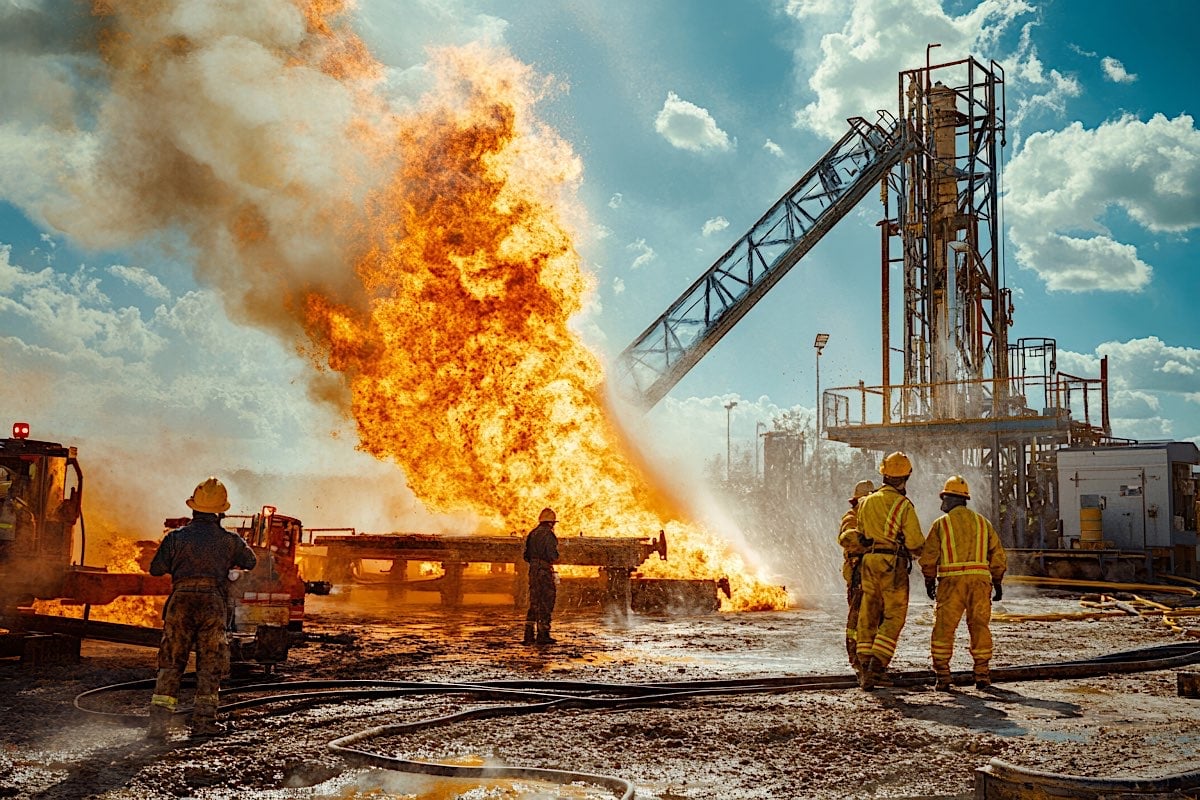
A complete view of environmental management practices can enhance the identification of hazards by integrating different dimensions of risk, including ecological vulnerabilities and community impacts (Miguel A. De Luque-Villa et al., 2024). This approach not only considers the direct technological hazards but also encompasses broader societal implications, fostering resilience and better preparedness among local communities.
Regular safety audits and employee training programs are recognized best practices that improve Health, Safety, and Environment (HSE) performance, directly contributing to effective hazard identification processes (Chinwe Ozowe et al., 2024).
Organizations should commit to continuous improvement in their hazard identification methodologies, promoting an adaptive learning culture that leverages both qualitative experiences and quantitative data. By doing so, they can create a comprehensive risk management framework that aligns operational goals with the need for environmental stewardship and community engagement.
Emergency Response Planning
Robust emergency response plans are essential for oil and gas operations due to the high-risk nature of the industry, which is characterized by potential environmental hazards such as oil spills and emissions. The development of comprehensive emergency response strategies not only protects the environment but also ensures the safety of workers and surrounding communities.
Research indicates that effective risk management practices are critical for preventing environmental incidents and minimizing their impact (Chinwe Ozowe et al., 2024). This is particularly important in contexts where ecological vulnerabilities are heightened, necessitating a multifaceted approach that considers both technological risks and broader societal implications (Miguel A. De Luque-Villa et al., 2024).
Integrating regular safety audits and training programs into an organization’s operational framework can significantly enhance Health, Safety, and Environment (HSE) performance. These best practices contribute to effective hazard identification processes, facilitating better preparedness and response capabilities. Continuous improvement in emergency response planning fosters an adaptive learning culture, allowing organizations to learn from past experiences and apply quantitative data to enhance their methodologies. By prioritizing these elements, oil and gas companies can align their operational goals with the imperative of environmental stewardship, thereby promoting sustainable practices that benefit both the industry and local communities.
This commitment to robust emergency planning ultimately leads to more resilient operations capable of effectively managing unexpected incidents.
Training and Drills
Regular training and drills are essential for enhancing the effectiveness of emergency response plans across various sectors, particularly in high-risk environments such as oil and gas. These training programs not only improve individual skills but also foster a collective understanding of emergency procedures within teams.
Engaging in consistent drills allows personnel to practice their responses to simulated emergencies, thereby increasing their preparedness for real-life incidents. For instance, virtual reality (VR) simulations have been shown to provide immersive experiences that can significantly enhance learning outcomes by allowing participants to engage in realistic emergency scenarios without the associated risks (Xinhua Yu et al., 2022). This method addresses some of the limitations found in traditional training approaches, which often lack engagement and fail to provide immediate feedback, leaving participants ill-prepared for actual emergencies.
Regular safety audits into training helps ensure that workers remain aware of potential hazards in their environment, reinforcing their ability to identify risks proactively. As organizations adopt these best practices, they cultivate an adaptive learning culture that permits them to learn from past incidents and continuously improve their emergency response methodologies.
The result is a more resilient operational framework capable of effectively managing unexpected situations, ultimately leading to enhanced safety outcomes for both employees and the surrounding communities they operate in.
Operational Risk Management
To effectively mitigate operational risks in the oil and gas industry, companies must adopt a multifaceted approach that incorporates advanced technology, comprehensive training, and stakeholder engagement. One significant strategy is the implementation of sophisticated risk assessment tools and scenario planning techniques, which allow companies to identify potential non-technical risks proactively.
By utilizing these frameworks, organizations can better understand the interconnected nature of various risks, such as regulatory, environmental, and social factors (Stella Emeka-Okoli et al., 2024). Regular safety audits and realistic emergency scenarios play a critical role in preparing employees for unexpected situations, fostering a culture of continuous learning and adaptation within the workforce. This proactive training ensures that workers remain vigilant and capable of identifying hazards in their environment. Stakeholder engagement initiatives integrated into risk management practices enhances transparency and fosters trust with local communities, ultimately safeguarding the social license to operate.
Companies are increasingly recognizing that by investing in robust risk management strategies, they can minimize operational disruptions and enhance overall financial performance (Stella Emeka-Okoli et al., 2024). This complete approach not only helps mitigate operational risks but also positions organizations for long-term sustainability in a rapidly evolving industry landscape.
Equipment Reliability and Maintenance
Equipment reliability and maintenance are pivotal in managing operational risks, particularly in industries like mining where heavy machinery is central to production. The increasing reliance on leased equipment and services has shifted the risk dynamics between mining operators and suppliers (Thomas Olsson & U. Franke, 2019).
When equipment fails, the onus is often on the supplier for repair and maintenance, which can inadvertently prolong downtime if they cannot respond quickly. This dependency complicates risk management, as mining operators may struggle to oversee risks when knowledge and control increasingly reside with suppliers (Thomas Olsson & U. Franke, 2019).
To counter these challenges, organizations must adopt proactive maintenance strategies that not only ensure equipment is functioning optimally but also align the interests of both operators and suppliers. Regular safety audits and training initiatives can help mitigate risks by preparing employees to handle equipment failures effectively.
Strong communication and collaboration with suppliers can enhance trust and responsiveness during operational disruptions. By investing in comprehensive maintenance programs, mining companies can not only reduce operational downtime but also safeguard their financial performance through more predictable operations (Stella Emeka-Okoli et al., 2024).
A well-rounded approach to equipment reliability fortifies the organization’s resilience against unforeseen challenges and positions it for sustainable success in a competitive landscape.
Process Safety Management
Process safety management (PSM) is critical in the oil and gas industry due to the inherent risks associated with its operations. Key components of PSM include hazard analysis, safety policies, employee training, and emergency response planning. Hazard analysis involves identifying potential risks and evaluating their impact on both personnel and the environment. This proactive approach enables organizations to implement effective controls that mitigate risks before they escalate into incidents (Adedoyin Tolulope Oyewole et al., 2024).
Robust safety policies are essential as they establish clear guidelines and expectations for safety performance, creating a culture that prioritizes risk awareness among employees. Training programs tailored to enhance competencies and safety awareness are vital for ensuring that workers are well-prepared to identify and respond to hazards effectively (Adedoyin Tolulope Oyewole et al., 2024).
Emergency response planning equipment organizations can handle unexpected situations swiftly, minimizing damage and protecting human life. Regular safety audits also play a significant role in maintaining operational integrity by identifying gaps in safety management systems (Adedoyin Tolulope Oyewole et al., 2024).
A comprehensive PSM framework not only safeguards workers but also sustains organizational performance by reducing the likelihood of accidents that can lead to costly disruptions and reputational damage.
Regulatory Compliance and Best Practices
Regulatory frameworks and industry best practices are integral to shaping effective risk management strategies in the oil and gas sector. These frameworks provide the necessary guidelines that ensure compliance with safety standards while fostering a culture of accountability within organizations. By adhering to regulations, companies can systematically identify potential risks and implement proactive measures to mitigate them.
The integration of robust Health, Safety, and Environment (HSE) practices is essential for minimizing environmental impacts and enhancing operational efficiency (Chinwe Ozowe et al., 2024).
Adopting comprehensive risk management frameworks supports not only operational integrity but also stakeholder trust, which is crucial for long-term sustainability in the industry (Stella Emeka-Okoli et al., 2024).
Industry best practices such as emergency response planning and regular safety audits create an environment where risks are consistently monitored and addressed. This alignment with regulatory expectations ensures that organizations remain vigilant against evolving threats, including climate change and technological advancements (Chinwe Ozowe et al., 2024). When oil and gas companies prioritize compliance with regulatory frameworks and adopt best practices, they enhance their ability to manage non-technical risks effectively, leading to improved safety outcomes and a more resilient operational model.
References and Citations
- Miguel A. De Luque-Villa, D. Robledo-Buitrago, & Claudia Patricia Gómez-Rendón. (2024). Holistic Environmental Risk Index for Oil and Gas Industry in Colombia. In Sustainability. https://doi.org/10.3390/su16062361
- Stella Emeka-Okoli, Ekene Ezinwa Nwankwo, Tochukwu Chinwuba Nwankwo, & Christiana Adanma Otonnah. (2024). NAVIGATING NON-TECHNICAL RISKS IN THE OIL & GAS INDUSTRY: INSIGHTS AND FRAMEWORKS – A REVIEW. In International Journal of Applied Research in Social Sciences. https://doi.org/10.51594/ijarss.v6i3.892
- Ijsrem Journal. (2024). Integrating Quantitative and Qualitative Risk Assessment Models for Mega Infrastructure Ventures. In INTERANTIONAL JOURNAL OF SCIENTIFIC RESEARCH IN ENGINEERING AND MANAGEMENT. https://doi.org/10.55041/ijsrem28247
- Chinwe Ozowe, Oludayo Olatoye Sofoluwe, Ayemere Ukato, & Dazok Donald Jambol. (2024). Environmental stewardship in the oil and gas industry: A conceptual review of HSE practices and climate change mitigation strategies. In World Journal of Advanced Research and Reviews. https://doi.org/10.30574/wjarr.2024.22.2.1468
- Xinhua Yu, Pengfei Yu, Chao Wang, Di Wang, Weixiang Shi, W. Shou, J. Wang, & Xiangyu Wang. (2022). Integrating Virtual Reality and Building Information Modeling for Improving Highway Tunnel Emergency Response Training. In Buildings. https://doi.org/10.3390/buildings12101523
- Thomas Olsson, & U. Franke. (2019). Risks and assets: a qualitative study of a software ecosystem in the mining industry. In Proceedings of the 2019 27th ACM Joint Meeting on European Software Engineering Conference and Symposium on the Foundations of Software Engineering. https://doi.org/10.1145/3338906.3340443
- Adedoyin Tolulope Oyewole, Chinwe Chinazo Okoye, Onyeka Chrisanctus Ofodile, Olubusola Odeyemi, Omotoya Bukola Adeoye, Wihelmina Afua Addy,



